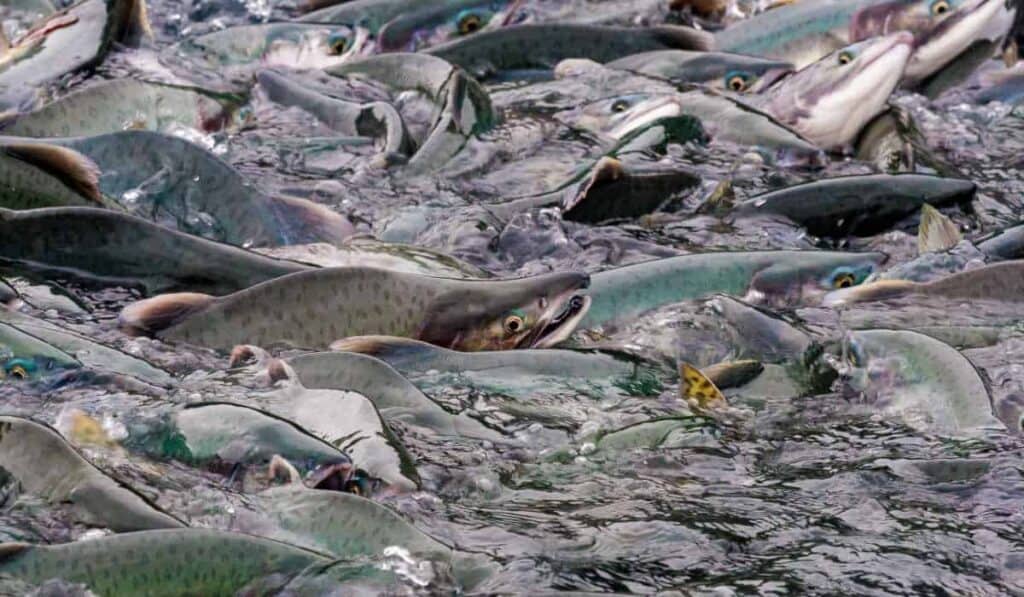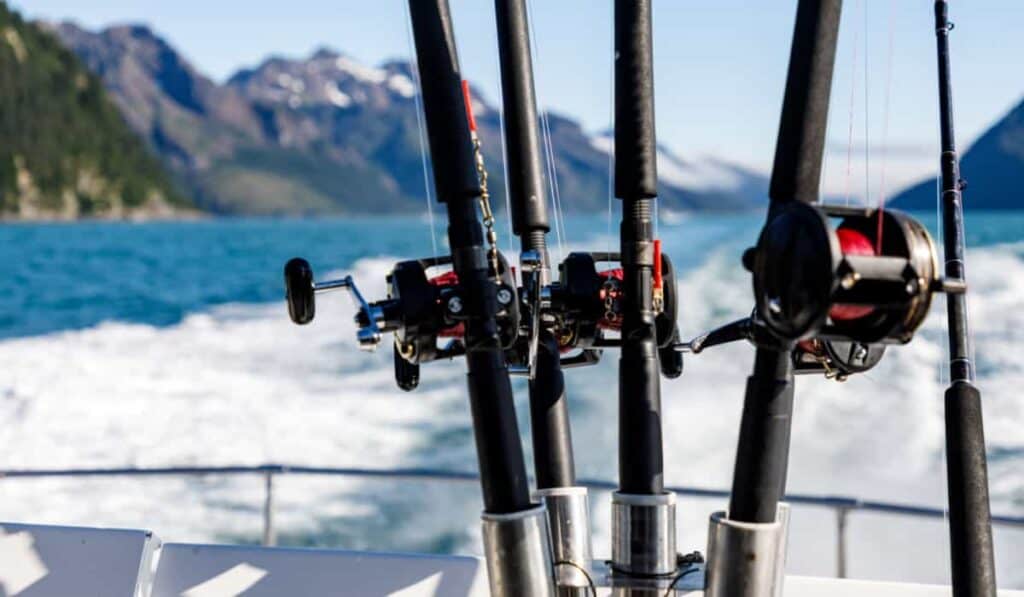I’ve mentioned a few times that Alaska gets very cold in the winter. It’s actually impossible to discuss Alaska for more than 50 words without mentioning the temperature.
This may lead you to wonder whether or not Alaska ever does get hot and exactly how hot it does get.
The answer to that depends on which part of the state you’ll be in. Since we’re a very large state that covers a lot of lines of latitude, there are multiple climate zones and different temperatures in the state.
Can You Give Me A Real Answer, Please?
Okay, okay. That being said, I can give you a general answer up front, which is that it gets pretty hot here sometimes, but that’s going to depend on what your definition of hot is.
I’ve lived in Juneau for almost my entire life and there are a few days a year when I have to pull out the portable neck fan my friend bought me when we were down in Arizona together.
For me, it’s really hot. If you take someone who just spent the last 5 years in Scottsdale or Phoenix, Arizona, and brought them up here on our hottest day, I imagine they would find it positively refreshing.
I went to a Diamondbacks game down in Phoenix with my friend a few weeks ago and it was 112 degrees outside as we were walking to the ballpark.
Rest assured, in no part of Alaska has the temperature ever reached 112 degrees Fahrenheit.

As for the weather bit, all of the temperatures I’m about to quote could be off by one or two degrees, because it depends on whose satellites we’re going off of here.
Some of the smaller towns have an airstrip nearby, but a lot of them don’t have airport weather stations.
For example, Chicken, Alaska, has an airport that consists of one gravel runway. Planes only land there if someone is getting off or on in Chicken, unlike major airlines that would stop for a layover anyway.
That being said, let’s take a look at the four main regions (the panhandles, south-central, northern interior, and the north slope) and how hot they normally get.
Panhandles
Alaska has two panhandles: the southeast (which includes Juneau, Sitka, and Ketchikan, among other cities) and the southwest (commonly known as the Aleutian Islands).
These two have the most temperate climate in the state. In Juneau, the average temperature in July is 67 degrees Fahrenheit. The highest temperature ever on record was 83 degrees in June of 2019.
Ketchikan, on the other hand, once hit 85 degrees. It also rarely goes below 0 in the morning and afternoons down here.
On the other side of the state on the western panhandle, the town of Adak (population 171) is the southernmost incorporated city in Alaska. Adak’s record high temperature is 72 degrees.
Southcentral
Southcentral Alaska includes the major cities of Anchorage, Wasilla, Eagle River, and Whittier.
As you’ll notice as we go farther north, the highest temperature recorded for each city starts going up.
Anchorage, which is 500 air miles northwest of Juneau, actually hit 90 degrees back on July 4th, 2019. This broke the previous record by five degrees, which had been set many decades prior.
Wasilla, a suburb of Anchorage, hit 88 degrees a few years back, as did the nearby cities of Eagle River and Talkeetna.
Interior
Up a little bit higher, we have the interior of Alaska, which includes Fairbanks and Fort Yukon, among many other smaller cities, towns, and villages.
Fairbanks once reached 96 degrees a few years back, during one of the many heat waves we’ve all experienced.

The interior does have our winner for the hottest temperature ever recorded in the state of Alaska.
I hate to reveal that we’re going to break the trend of each successive region having a higher temperature, but since the northernmost parts of the state are above the Arctic Circle, it kind of makes sense.
Anyway, here’s the big reveal: on June 27, 1915, the town of Fort Yukon (which, interesting side note, also later became the hometown of longtime United States Representative Don Young) hit the highest temperature ever recorded in Alaska.
The temperature reached 100 degrees that day, which still has not been matched in the following 100 years.
Speaking of interesting side notes and incredibly fun facts, 100 degrees, as you may have guessed, is the lowest all-time high temperature for any state in the union.
However, Alaska is tied with another state and very probably not the one you’re thinking of unless you already know this state or live in that particular state.
It’s Hawaii. They also have a moderate climate like the Alaskan panhandles, just a little bit warmer, obviously. I hope that fact shocks you as much as it shocks me because I had no clue up until I looked up the stats a few minutes ago.
Anyway, we have one more region.
The North Slope
Above the Arctic Circle, Alaska doesn’t really have a lot going on, outside of oil drilling, and the city that was formerly known as Barrow (as made famous by the movie “30 Days of Night”) and now called by its Inupiaq name, Utqiagvik.
Utqiagvik’s record high temperature is 78 degrees, which makes sense for a town that’s less than 1,300 miles from the actual North Pole.
Recap and Conclusion
If anyone asks you if Alaska ever gets hot, you can simply tell them that the highest temperature ever recorded up here is the same as the highest in the history of Hawaii.
It does get pretty hot up here, though, at least for us Alaskans, especially with the nationwide heat wave we had earlier this year.
It got so bad that I read Juneau’s city government was asking residents to start conserving water during the heat wave, which has not happened in my lifetime.
If you’re a fan of reasonable climates, prefer your weather a little on the colder side, and hate temperatures over 100 degrees, Alaska might be the perfect state for you!







